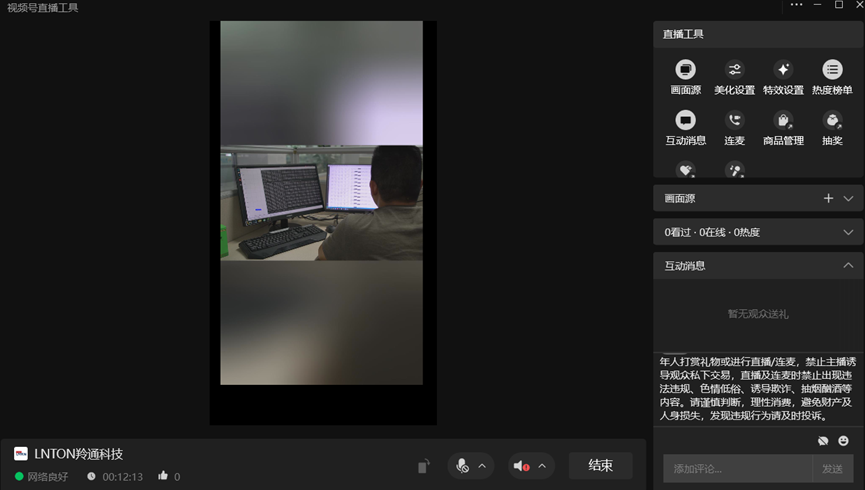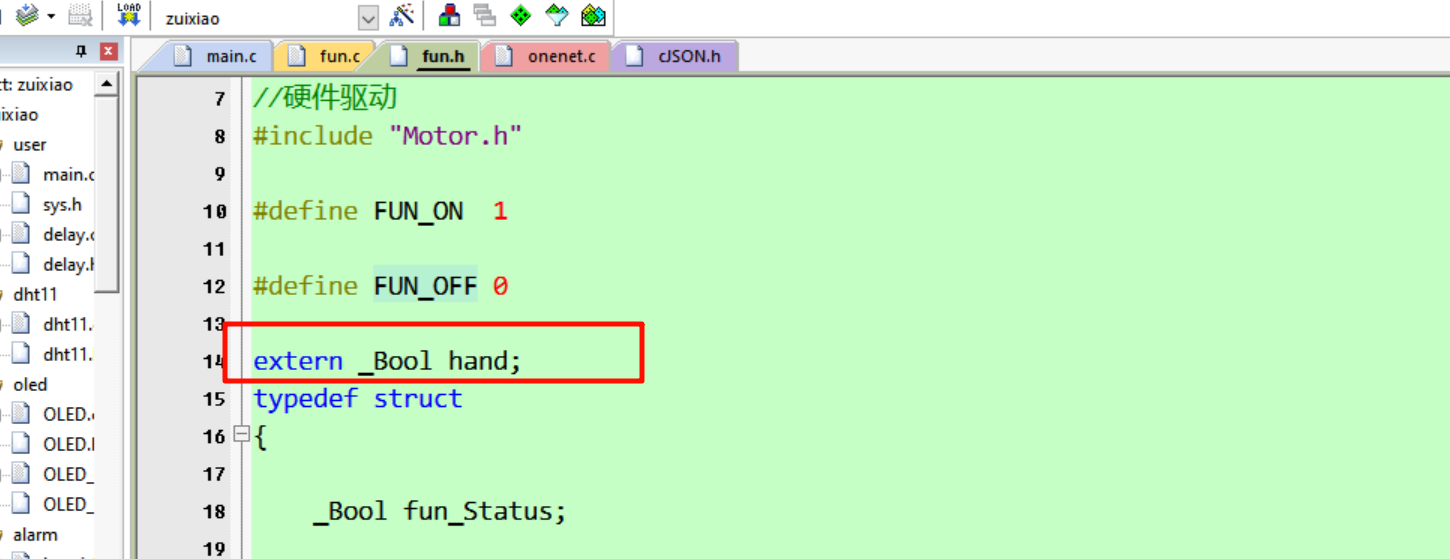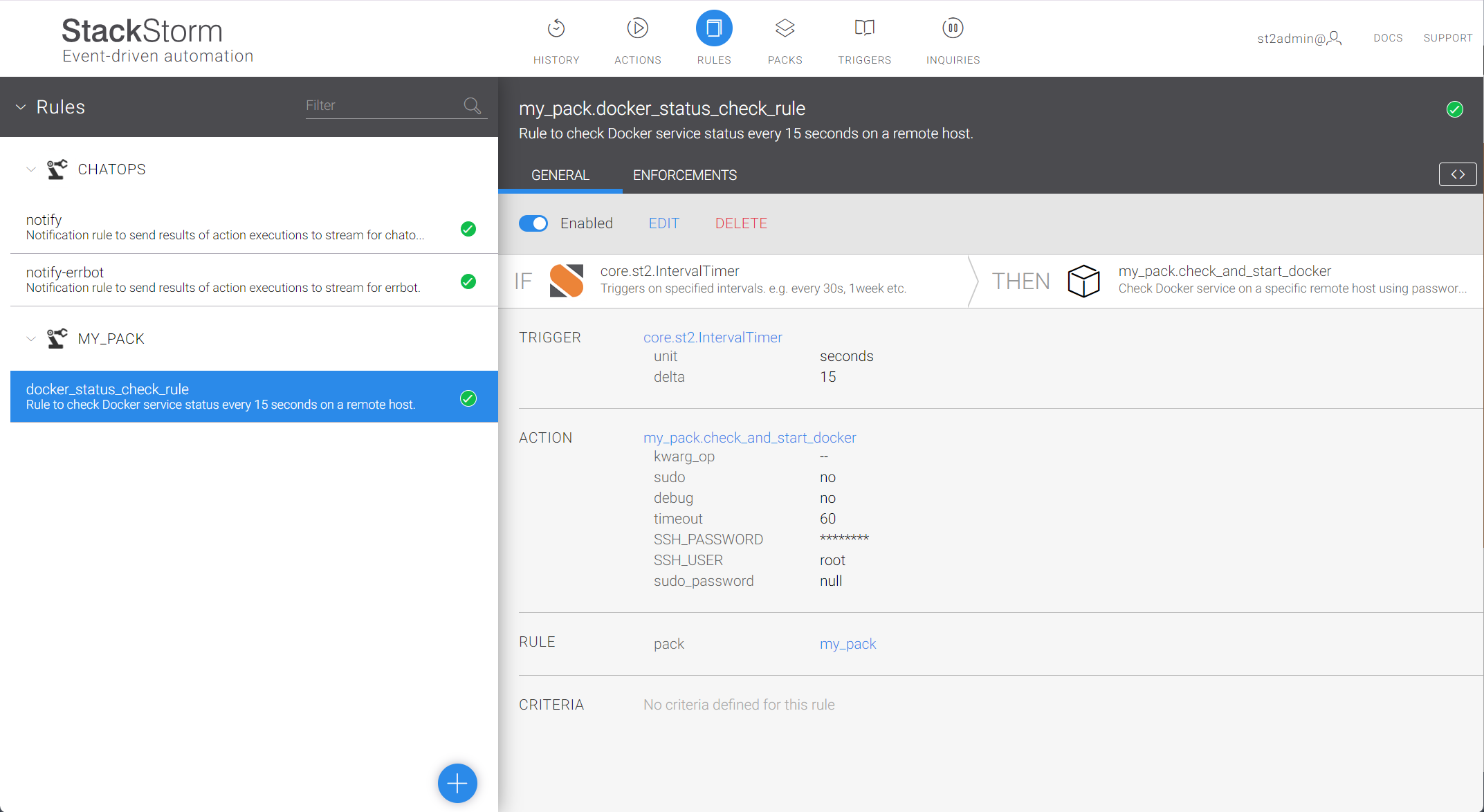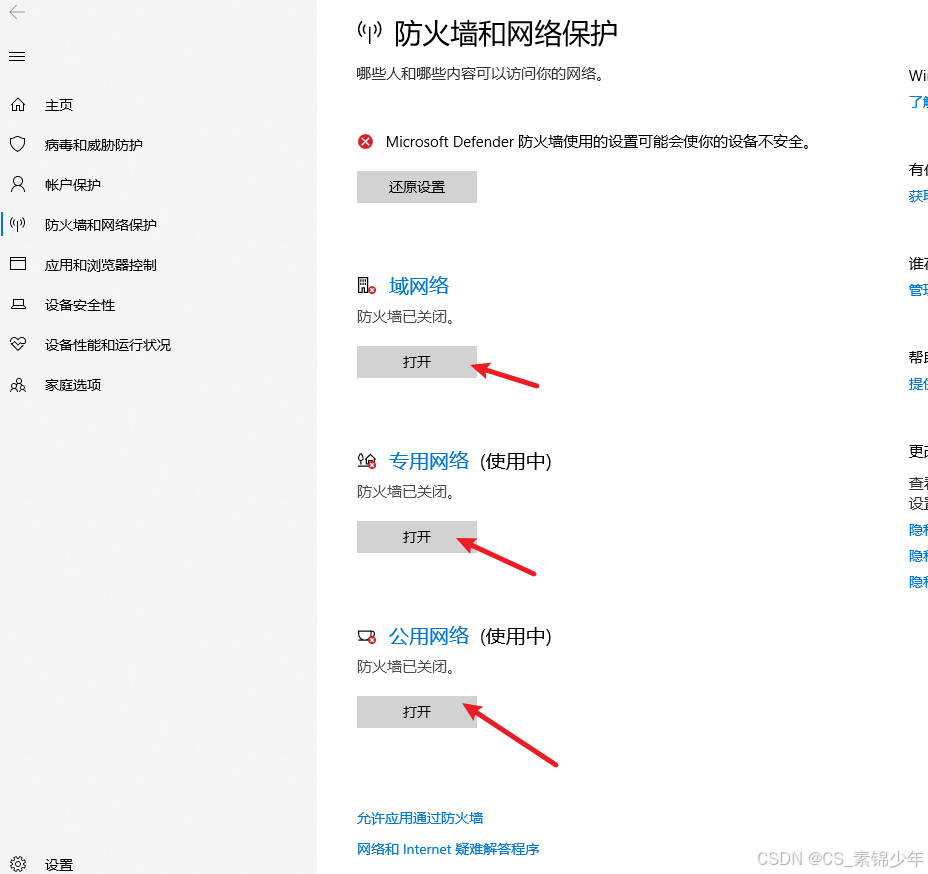A Trajectory-Based Approach for the Lateral Control of Vehicle Following Systems
基于轨迹的汽车跟随系统横向控制方法

Abstract
Abstract| A crucial task for steering an autonomous vehicle along a safe path in a vehicle following scenario is the lateral control. The sensory input of such a lateral control are the position coordinates of the leader vehicle. The following problem occurs: Due to the distance between the leader vehicle and the autonomous ego-vehicle, the lateral control has to interpolate a trajectory between the two vehicles. Using as a tra jectory either a straight line or a curve of constant curvature causes the ego-vehicle to deviate from the leader vehicle’s tra jectory.
摘要:在车辆跟随场景中,沿着安全路径驾驶自动驾驶汽车的一个关键任务是横向控制。这种横向控制的感官输入是前导车辆的位置坐标。出现了以下问题:由于前导车辆与自动驾驶的自车(ego-vehicle)之间的距离,横向控制必须在两车之间插值一条轨迹。使用直线或恒定曲率的曲线作为轨迹会导致自车偏离前导车辆的轨迹。
Given a system delivering 3D points of the leader vehicle with time tags, one has a handle to reconstruct the leader vehicle’s tra jectory. In addition, one has to compensate the motion of the ego-vehicle by using its motion parameters. Once this transformation is performed, the position coordinates of the leader vehicle are available in a coordinate system at rest. Knowing the position of the ego-vehicle in that coordinate system, one can select the tra jectory point of the leader vehicle that is closest to the ego-vehicle as input to the lateral controller. This simple approach increases signi cantly the precision of vehicle following systems.
给定一个系统,它可以提供带有时间标签的前导车辆的3D点,人们可以利用这些信息来重建前导车辆的轨迹。此外,还需要使用自车的运动参数来补偿其运动。一旦完成这种转换,前导车辆的位置坐标就会在一个静止坐标系中得到。知道了自车在该坐标系中的位置,就可以选择距离自车最近的前导车辆的轨迹点作为横向控制器的输入。这种简单的方法显著提高了车辆跟随系统的精度。
The algorithm is applied successfully to an autonomous vehicle for platooning at small velocities.
这种算法已成功应用于低速下的自动驾驶车辆编队行驶。
Keywords| Autonomous Systems, Lateral Control, Path Following, Vehicle Following, Computer Vision
关键词:自动驾驶系统,横向控制,路径跟随,车辆跟随,计算机视觉。
I. Introduction
In recent years an abundance of autonomous vehicle systems have been presented (e.g. [3], [5], [10], [13]). In these presentations a popular approach to laterally guide the ego-vehicle was either lane following (e.g. [13]) or platooning (e.g. [4], [2]). In this paper we address platooning. For the lateral control there is one serious drawback: With only the current position information of the leader vehicle available, one has to interpolate the tra jectory between the two vehicles. Both a straight line (tractor model) and a curve with constant curvature (arch) have been tried in previous applications (e.g. [2]). These interpolation approaches cause the autonomous vehicle to deviate from the leader vehicle’s tra jectory. The phenomenon scales with the distance to the leader vehicle. In platooning applications this behaviour can cause the autonomous vehicle to hit an obstacle such as the curb in a curve or a parking vehicle. The deviation d of the tra jectories is illustrated in Figure 1.
近年来,大量自动驾驶车辆系统已经被提出(例如[3]、[5]、[10]、[13])。在这些介绍中,引导自车横向行驶的一种流行方法是车道跟随(例如[13])或车队编队(例如[4]、[2])。本文我们讨论车队编队。对于横向控制,存在一个严重的缺点:只有前导车辆当前位置信息可用时,就必须在两车之间插值轨迹。在以前的应用中尝试过直线(拖拉机模型)和恒定曲率的曲线(拱形)[2]。这些插值方法会导致自动驾驶车辆偏离前导车辆的轨迹。这种现象随着与前导车辆的距离而变化。在车队编队应用中,这种行为可能导致自动驾驶车辆撞击障碍物,例如在曲线中的路缘或停放的车辆。轨迹的偏差
δ
\delta
δ 在 图1 中进行了说明。

图 1. 自动驾驶车辆的轨迹与前导车辆的轨迹相对比。自动驾驶车辆使用的控制器对应于拖拉机模型。
A dierent approach in vehicle following is to follow the path of the leader vehicle, not the leader vehicle itself. This approach has been tried in applications, where vehicle-to-vehicle communication (e.g. [12]) and typically also some absolute positioning system (e.g. [8]) is available. Platooning systems, that control platoons using absolute positioning methods (e.g. magnetic markers [6]) are referred to as pointfollowing systems [11]. However, this paper applies path following to a vision-based autonomous system without using any communication infrastructure or absolute positioning system.
在车辆跟随中采取的一种不同方法是跟随前导车辆的路径,而不是前导车辆本身。这种方法已在一些应用中尝试过,其中通常可以使用车对车通信(例如[12])以及**某些绝对定位系统(**例如[8])。使用绝对定位方法控制车队的车队系统(例如使用磁性标记[6])被称为点跟随系统[11]。然而,本文将路径跟随应用于基于视觉的自动驾驶系统,不使用任何通信基础设施或绝对定位系统。
How is this paper organized ? Section 2 introduces a new algorithm that solves the problem explained above. In Section 3 a short mathematical treatment of the algorithm is provided. Lateral controller design issues are discussed brie y in Section 4. Section 5 contains both simulation results and results from our research vehicle. The nal section summarizes the results and points out future work.
这篇论文是如何组织的?第2节介绍了一个新的算法,它解决了上述问题。第3节提供了算法的简短数学处理。第4节简要讨论了横向控制器设计问题。第5节包含了我们的研究车辆的模拟结果和实际结果。最后一节总结了结果并指出了未来的工作方向。
II. Introduction to the CUT Algorithm
For the sake of simplicity, we assume perfect sensor data and a very fast controller to explain the basic idea.
为了简化问题,我们假设传感器数据是完美的,并且控制器响应速度非常快,以此来解释基本思想。
Unlike previous vehicle following systems, the algorithm makes use of the time history associated with the leader vehicle. To determine the leader vehicle’s tra jectory it is sucient to store the position coordinates of the leader vehicle and the motion parameters of the ego-vehicle over time. In order to transform the position coordinates into a coordinate system at rest, one has to compensate the motion of the ego-vehicle by using the ego-vehicle’s velocity and steering angle. Knowing the position of the ego-vehicle in that coordinate system, one can select the tra jectory point of the leader vehicle that is closest to the front of the ego-vehicle as input to the lateral control.
与以往的车辆跟随系统不同,该算法利用了与前导车辆相关联的时间历史。为了确定前导车辆的轨迹,只需存储前导车辆的位置坐标以及自车随时间变化的运动参数。为了将位置坐标转换到静止坐标系中,需要使用自车的速度和转向角来补偿自车的运动。在知道了自车在该坐标系中的位置后,可以选择距离自车前端最近的前导车辆的轨迹点作为横向控制的输入。
However, real lateral controllers have a certain delay to guarantee stability and compensate measurement errors of the sensor data. The next tra jectory point to travel through must be a certain distance away from the ego-vehicle in order to allow the desired steering angle to have an impact on the ego-tra jectory. To account for that, our algorithm always selects the tra jectory point that exceeds a certain lookahead distance measured from the ego-vehicle. The mechanism is illustrated in Figure 2. Previous algorithms would have selected the tra jectory point at tn.
然而,真实的横向控制器有一定的延迟,以保证稳定性并补偿传感器数据的测量误差。为了允许期望的转向角对自我轨迹产生影响,下一个要通过的轨迹点必须与自我车辆保持一定距离。为了考虑这一点,我们的算法总是选择从自我车辆测量超出一定前视距离的轨迹点。这种机制在图2 中进行了说明。以前的算法会在时间点
t
n
t_n
tn 选择轨迹点。

The algorithm explained above is referred to as the CUT algorithm (CUT - Control Using Trajectory) in subsequent sections.
上述算法在后续章节中被称为CUT算法(CUT - 基于轨迹的控制)。
III. Quantitative Analysis
A. Transformation to a Coordinate System at Rest
For the following analysis, the coordinate system of the previous gures is used. The y-axis pertrudes out of the paper plane. The (x; y; z) coordinates of the leader vehicle, the ego-velocity and steering angle are needed to reconstruct both tra jectories. A at road (y = 0) is assumed for all transformations. In a rst step the coordinates of the ego-vehicle are transformed into a coordinate system at rest:
在接下来的分析中,使用前图的坐标系。y轴从纸面延伸出来。需要前导车辆的(x; y; z)坐标、自车速度和转向角来重建两条轨迹。所有转换都假设道路是平坦的(y = 0)。首先,将自车坐标转换到静止坐标系中:

Here denotes the angle of the arch that the egovehicle has passed through since initialization:
这里
γ
\gamma
γ 表示自我车辆自初始化以来通过的拱形角度(航向角变化吧?)。

n refers to the current time step, n 1 to the previous one. r ego is the radius of curvature of the egovehicle. The primed coordinates refer to the coordinate system at rest.
n 指的是当前时间步,n-1 指的是前一个时间步。
r
e
g
o
r_{ego}
rego 是自我车辆的曲率半径。带撇号的坐标指的是静止坐标系统中的坐标。
In a second step, the coordinates for the leader vehicle are transformed into the same coordinate system:
在第二步中,领导者车辆的坐标被转换到同一个坐标系统中。

The above transfomations are applied iteratively for every time step allowing the coordinates to be transformed to any point and orientation the autonomous vehicle has passed through.
上述转换对每个时间步进行迭代应用,允许将坐标转换到自动驾驶车辆经过的任何点和方向。
B. The Vehicle Model
The radius of curvature r ego is derived from the steering angle using the Ackermann model [15]:
曲率半径
r
ego
r_{\text{ego}}
rego 是根据转向角
ϕ
\phi
ϕ 使用阿克曼模型 [15] 推导出来的。

See Figure 3 for an explanation of the used quantities.
请参见图3 以了解所用符号的解释。

The Ackermann model is limited to small velocities and small lateral accelerations. Other models [15] that include side slip can be used to compute rego from to extend the validity of the transformation equation 1.
阿克曼模型限于小速度和小侧向加速度的情况。其他模型[15],包括侧滑的模型,可以用来从转向角
ϕ
\phi
ϕ 计算
r
ego
r_{\text{ego}}
rego,以扩展变换方程1的有效性。
IV. The Underlying Lateral Control
A. Interface of the Underlying Lateral Controller
In previously presented lateral control algorithms [4], the current x and z position of the leader vehicle has been the input to the lateral control. These quantities are now replaced by the x and z position of a tra jectory point closer to the ego-vehicle determined by the lookahead distance. Using the appropriate control law, the desired steering angle is computed. The output to the actuator is the ltered desired steering angle.
在之前提出的横向控制算法[4]中,领导者车辆的当前 x 和 z 位置是横向控制的输入。现在,这些量被替换为由前视距离确定的更接近自我车辆的轨迹点的 x 和 z 位置。使用适当的控制律,计算出期望的转向角。对执行器的输出是过滤后的期望转向角。
B. The Underlying Lateral Controller
The choice of the underlying lateral control algorithm is uncritical with respect to the interpolation strategy since the distance to the target tra jectory point is small. Hence no signi cant deviations occur. All lateral control algorithms regulate the x-oset to zero. The tra jectory interpolation strategy determines the control law.
对于插值策略来说,选择底层横向控制算法是不关键的,因为到目标轨迹点的距离很小。因此,不会产生显著的偏差。所有横向控制算法都调节 x 偏移至零。轨迹插值策略决定了控制律。
However, a controller and actuator with little delay and comparatively high dynamics is needed to follow arbitrary tra jectories. Design issues of such controllers are not addressed in this paper. These issues including a stability analysis are treated in [9] and references therein.
然而,为了跟踪任意轨迹,需要一个具有较小延迟和相对高动态响应的控制器和执行器。本文没有讨论这类控制器的设计问题。这些问题,包括稳定性分析,在[9]及其引用文献中进行了讨论。
For the simulations and for the research vehicle the lateral control algorithm interpolates an arch.
对于模拟和研究车辆,横向控制算法插值一个拱形。
V. Results
A. Simulation Results
For the simulation a typical European street pro le including a clothoid followed by an arch shape such as shown in Figure 4 is used. The velocity of both vehicles is 10m=s approximately constant over time and their distance is 25m constant over time.
对于模拟,使用了一种典型的欧洲街道轮廓,包括一个螺旋线(clothoid)后跟一个如图4 所示的拱形。两辆车的速度大约恒定在10米/秒,它们之间的距离也大约恒定在25米。

The chosen street pro le re ects a worst-casescenario for vehicle following in our application with limited opening angle of the sensor (30) and limited velocity range in urban areas.
所选的街道轮廓反映了在我们的应用中,车辆跟随的最坏情况,考虑到传感器的有限开角(30度)和城市地区有限的速度范围。
The simulated controller assumes an arch and regulates the new steering angle within 80ms. The lookahead distance is 12m from the sensor (11m from the front axle). Simulation results can be seen in Figure 5.
模拟的控制器假设为一个拱形,并在80毫秒内调节新的转向角。前视距离是从传感器开始的12米(从前轴开始是11米)。模拟结果可以在图5 中看到。

图5. 自动驾驶车辆与领导者车辆之间的轨迹偏差。实线表示使用CUT算法的偏差,虚线指示标准方法。
Negative deviations are deviations towards the center of the curve. The dashed line denotes the old approach and the solid line marks the deviation using the CUT algorithm. Even less deviation can be achieved by further reducing the lookahead but this also compromises the stability of a realistic underlying lateral controller.
负偏差是朝向曲线中心的偏差。虚线表示旧方法,实线标记使用CUT算法的偏差。通过进一步减少前视距离,可以实现更小的偏差,但这也会损害现实横向控制器的稳定性。
The above simulation did not take any uncertainties into account. For a simple noise model, we take a noise signal of 3% of the distance evenly distributed in z and of 0:5m evenly distributed in x. That re ects the fact that position measurements with 3D sensors (range images, radar scanners, stereo cameras) have an error proportional to the distance. The noise x-direction was assumed to be independent of the distance since other eects incurring noise (occlusion, …) dominate the error. There was no ltering of the sensor data. Figure 6 shows the results of the simulation including noise. No signi cant changes occur compared to the perfect sensor data.
上述模拟没有考虑任何不确定性。对于一个简单的噪声模型,我们采用了一个噪声信号,占距离的3%均匀分布在z方向,以及0.5米均匀分布在x方向。这反映了3D传感器(范围图像、雷达扫描仪、立体相机)的位置测量误差与距离成比例的事实。x方向的噪声被假设与距离无关,因为引起噪声的其他效应(遮挡等)主导了误差。传感器数据没有进行过滤。图6 显示了包括噪声在内的模拟结果。与完美传感器数据相比,没有发生显著变化。

B. Limitations of the Simulation
Above simulations illustrate the principal mechanism of the CUT algorithm. However, it does not re ect reality in several respects:
上述模拟展示了CUT算法的主要机制。然而,在几个方面它并没有反映现实情况:
Real 3D sensor data needs ltering. The Kalman lter [7] proves to be a good means of ltering for data that can be associated with a dynamic model. It is used for the tra jectory measurements in our autonomous vehicle.
The lateral controller has slower control characteristics than the simulated controller and dierentiating terms. Hence more delay occurs than in the simulation. This is needed to provide driving comfort and to suppress oscillations.
The motion parameters used for the transformation have measurement errors. In addition, systematic errors occur when the Ackermann model is violated, e.g. when side slip occurs. These errors are bounded and do not accumulate over time. The autonomous vehicle’s velocity and steering angle are quite accurate since eects such as skewing are negligible in the urban velocity range. Although measurements of the steering angle are inaccurate for small velocities and hence yield inaccurate tra jectory curvature, their contribution to the uncertainties is small because only the product vego f ()1 appears in the transformation equations. Also, the imprecise velocity measurements for velocities close to zero do not contribute much to errors since only the integral of the velocity contributes to the transformation. For higher velocities, the Ackermann model becomes invalid for comparatively small steering angles. More re ned models have to be used.
3D imaging devices have limited opening angle. For extremely curved tra jectories the leader vehicle might fall out of range of the sensor device. This is not taken into account in the simulation.
The noise model used in the simulation is not realistic. Eects like occlusion are not taken into account and are expensive to simulate.
- 真实的3D传感器数据需要过滤。卡尔曼滤波器[7]被证明是过滤可以与动态模型关联的数据的好方法。它被用于我们自动驾驶车辆的轨迹测量。
- 横向控制器的控制特性比模拟控制器慢,并且有差异化的项。因此,比模拟中发生更多的延迟。这是为了提供驾驶舒适性和抑制振荡所必需的。
- 用于变换的运动参数有测量误差。此外,当阿克曼模型被违反时,例如当发生侧滑时,会出现系统性误差。这些误差是有界的,并且不会随时间累积。自动驾驶车辆的速度和转向角相当准确,因为在城市速度范围内,偏航等效应可以忽略不计。尽管对于小速度的转向角测量不准确,因此产生不准确的轨迹曲率,但由于变换方程中只出现了 v ego ⋅ f ( δ ) v_{\text{ego}} \cdot f(\delta) vego⋅f(δ) 的乘积,它们对不确定性的贡献很小。同样,对于接近零的速度的不精确速度测量也不会对误差贡献太多,因为只有速度的积分对变换有贡献。对于更高的速度,阿克曼模型对于相对较小的转向角变得无效。必须使用更精细的模型。
- 3D成像设备有有限的开角。对于极其弯曲的轨迹,领导者车辆可能会超出传感器设备的范围。这在模拟中没有被考虑。
- 在模拟中使用的噪声模型不现实。像遮挡这样的效应没有被考虑,而且模拟成本很高。
C. Preliminary Results from an Autonomous Vehicle
Our test vehicle is a Mercedes-Benz E420 equipped with actuators for throttle, brake and steering wheel. The sensor system consists of two CCD-cameras using stereopsis.
我们的测试车辆是一辆配备有油门、刹车和方向盘执行器的梅赛德斯-奔驰E420。传感器系统由两个使用立体视觉的CCD摄像机组成。
How can the center of the leader vehicle be measured adequately ? There are dierent approaches depending on the sensor. For truck platoons, the leader vehicle can be equipped with a xed pattern to determine the center [4]. We choose to use a symmetry nder [14] for precise center measurement. The x and z coordinates of that point are sent to the lateral control.
如何适当地测量领导者车辆的中心?根据不同的传感器,有多种方法。对于卡车车队,领导者车辆可以配备一个固定模式来确定中心[4]。我们选择使用对称性检测器[14]进行精确的中心测量。该点的x和z坐标被发送到横向控制。
In order to have the same initial conditions and the same behaviour of the leader vehicle we chose to use another simulation in the vehicle that creates a virtual leader vehicle. We pick the same pro le as in the oine simulation for the leader vehicle (the rst part of it). The distance to the ego-vehicle is around 25m. The lookahead distance is set to 11m.
为了使领导者车辆具有相同的初始条件和相同的行为,我们选择在车辆中使用另一个模拟来创建一个虚拟的领导者车辆。我们为领导者车辆选择了与离线模拟相同的轮廓(它的第一部分)。与自我车辆的距离大约是25米。前视距离被设置为11米。
The controller used here applies a control law that interpolates an arch like in the simulation. For passenger comfort and to compensate measurement errors the controller performs extensive low-pass ltering. It has a delay of around 400ms between desired steering angle as computed from the x and z coordinates and actual steering angle due to ltering and delay of the actuator. To lter the desired steering angle, a simple PD-controller with several limiters is used.
这里使用的控制器应用了一个控制律,它像在模拟中一样插值一个拱形。为了乘客的舒适性和补偿测量误差,控制器执行了广泛的低通滤波。由于滤波和执行器的延迟,期望的转向角从根据x和z坐标计算出来到实际转向角之间有大约400毫秒的延迟。为了滤波期望的转向角,使用了具有多个限制器的简单PD控制器。
Figure 7 shows a plot of the deviations of the trajectories between the leader and the ego-vehicle. Negative deviations refer to deviations towards the inner side of the curve (cutting the corner). As expected the standard approach of vehicle following results in cutting the corner when driving through a clothoid. Due to the controller delay and the relatively inert controller behaviour the tra jectory of the ego-vehicle exhibits a slight overshoot. Moreover, slight oscillations indicate that the controller parameters are not yet perfectly adapted to the CUT algorithm.
图7 显示了领导者车辆和自我车辆之间轨迹的偏差图。负偏差指的是朝向曲线内侧的偏差(切角)。正如预期的那样,车辆跟随的标准方法在通过螺旋线时会导致切角。由于控制器的延迟和相对不活跃的控制器行为,自我车辆的轨迹表现出轻微的超调。此外,轻微的振荡表明控制器参数尚未完全适应CUT算法。

In addition, the new CUT algorithm has been tested under real trac conditions. No instabilities or oscillating phenomena were registered. A comfortable ride was provided at all times. Storing several traf- c scenes with lateral and longitudinal controller active and reconstructing the tra jectories never yielded a deviation above 0:4m for the CUT algorithm. Without the CUT algorithm, the observed deviations were much larger in very similar trac situations. These numbers are somewhat imprecise since the measurement errors of the leader vehicle are not known. On the other hand the on-board leader vehicle simulation provides perfect sensor data for proper comparison.
此外,新的CUT算法已在真实交通条件下进行了测试。没有记录到任何不稳定或振荡现象。始终提供了舒适的乘坐体验。存储了几个有横向和纵向控制器激活的交通场景,并重建了轨迹,CUT算法从未产生超过0.4米的偏差。没有CUT算法,在非常相似的交通情况下观察到的偏差要大得多。这些数字有些不精确,因为领导者车辆的测量误差是未知的。另一方面,车载领导者车辆模拟提供了完美的传感器数据,以便进行适当的比较。
The motion parameters were evaluated in a separate analysis. Velocity measurements showed errors of less than 1% above 2m=s and the absolute errors for smaller velocities were also within 0:2m=s, which does not contribute much to errors of the tra jectory reconstruction. The steering angle inertia turned out to be a critical parameter. The steering angle oset of the sensor can be compensated by comparing the reconstructed tra jectories going through a circle tra jectory both clockwise and counter-clockwise. Errors on the steering angle sensor were found to be less than 2% for tra jectory reconstruction under low lateral accelerations and dry weather conditions. Motion parameter errors can be compensated by measuring stationary ob jects in the trac scene (see next section).
在单独的分析中评估了运动参数。速度测量显示,在2米/秒以上的速度时误差小于1%,较小速度的绝对误差也在0.2米/秒以内,这对轨迹重建的误差贡献不大。转向角惯性被证明是一个关键参数。通过比较通过顺时针和逆时针圆形轨迹重建的轨迹,可以补偿传感器的转向角偏移。在低侧向加速度和干燥天气条件下,轨迹重建中转向角传感器的误差被发现小于2%。通过测量交通场景中的静止对象(见下一节),可以补偿运动参数误差。
VI. Conclusions and Future Work
The CUT algorithm achieves a signi cant improvement in precision for the lateral control in vehicle following systems at very little computational expense. To take varying measurement quality of the position into account, it is planned to adjust the lookahead distance accordingly. Furthermore, one could adjust the lookahead proportional to the ego-velocity which yields a constant time dierence between leader vehicle and ego-vehicle for all the tra jectory points passed through. This accounts for the delay of the controller. A constant lookahead part should be added to account for the measurement errors of the sensors. From the control theory viewpoint, a more general review including insights from [6] is deemed appropriate.
CUT算法在车辆跟随系统的横向控制中实现了显著的精度提升,而且计算成本非常低。为了考虑位置测量质量的变化,计划相应地调整前视距离。此外,可以根据自我车辆的速度成比例地调整前视距离,这将在所有通过的轨迹点之间产生领导者车辆和自我车辆之间的恒定时间差。这考虑了控制器的延迟。应该添加一个恒定的前视部分,以考虑传感器的测量误差。从控制理论的角度来看,包括来自[6]的见解,进行更一般的回顾是适当的。
In addition, it is possible to estimate the current deviation of the ego-vehicle from the leader vehicle’s path. From that quantity one can derive the total uncertainty of the control loop and adjust the lookahead distance accordingly.
此外,可以估计自我车辆当前偏离领导者车辆路径的程度。从这个量可以推导出控制回路的总不确定性,并相应地调整前视距离。
Similar to the lateral control, a longitudinal control algorithm can be built: The acceleration of the leader vehicle can be stored at every tra jectory point and could be used to obtain the same acceleration at the same position for the ego-vehicle.
类似于横向控制,可以构建一个纵向控制算法:可以在每个轨迹点存储领导者车辆的加速度,并可以用来使自我车辆在相同位置获得相同的加速度。
The transformation into a coordinate system at rest and consequently the measurement of the motion parameters can be improved signi cantly by measuring stationary ob jects in the scene. This is a common approach in the eld of robotics (see e.g. [1]).
通过测量场景中的静止对象,可以显著改进转换到静止坐标系以及运动参数的测量。这是机器人领域中常见的方法(例如,见[1])。


















![[NOIP2007 普及组] 守望者的逃离 题解](https://img-blog.csdnimg.cn/img_convert/e6c2c6a9da18ff3b2254251f173ed7a3.jpeg#pic_center)

![【BUU】[NewStarCTF 2023 公开赛道]Final -CP读取文件内容](https://i-blog.csdnimg.cn/direct/a77443fb1b2c4ff29a47c73bbf8cfb90.png)